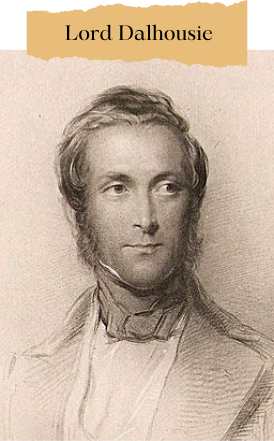Pictures
George Richmond, Public domain, via Wikimedia Commons
It was considered a vital constitutional landmark. Indian(central) legislative council was established.Legislation, for the first time, was treated as a special function of the government, requiring special machinery and special process. Local representation was introduced in the Indian (Central) Legislative Council. The covenanted civil service was made available to Indians as well.
The act separated the legislative and executive functions of the Governor General's council.
It established a separate Governor-General’s legislative council which came to be known as the Indian (Central) Legislative Council and provided for the addition of six new members called legislative councillors to the council. This legislative wing of the council functioned as a mini-Parliament, adopting the same procedures as the British Parliament.It established an open competition system for selection and recruitment of civil servants. The covenanted civil service was thus thrown open to the Indians also. Accordingly, the Macaulay Committee (the Committee on the Indian Civil Service) was appointed in 1854
It asked for the appointment of six new legislative councillors to the council. In other words, it constituted a distinct legislative body for the Governor-General, which became known as the Indian (Central) Legislative Council. The council's legislative branch operated as a mini-Parliament, using the same processes as the British Parliament. For the first time, legislation was considered a distinct government activity, needing specialised apparatus and procedures.
It established an open competition system for selection and recruitment of civil servant. The covenanted civil service was therefore made available to Indians as well. The Macaulay Committee, as a result (the Committee on the Indian Civil Service), was appointed in 1854.
It extended the company’s rule and permitted it to keep Indian territory in the trust of the British Crown. However, it did not set a specific time frame unlike the previous charters. This was a strong hint that Parliament may abolish the Company's rule at any time.
It was the first time the Indian (Central) Legislative Council had local representation. The local (provincial) governments of Madras, Bombay, Bengal, and Agra nominated four of the six governor general's council's members.
